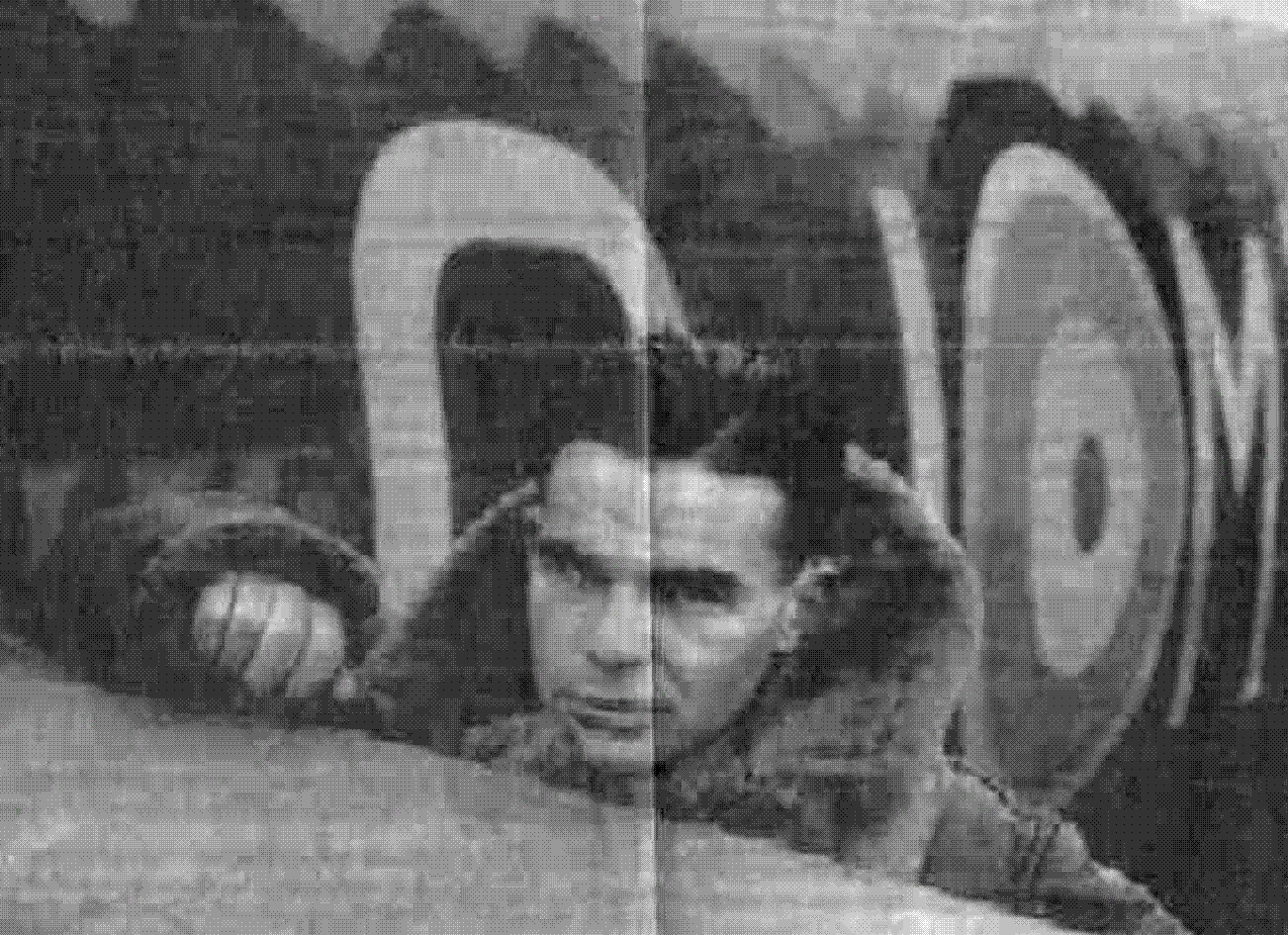In Memory Wing Commander Donaldson, DSO and Bar, DFC

David Donaldson was born in 1915 at Southampton, a son of the Managing Director of the Thornycroft shipyard. He was educated at Charterhouse and Trinity College, Cambridge, where he was a keen rower. Taking a boat over to Germany with the First Trinity Boat Club in the mid-1930s, he enjoyed the hospitality of boat clubs in the Rhineland – and at the same time became sharply aware of the culture of aggression that was taking over the German psyche with the advent of Hitler.
In 1934, he joined the RAF Volunteer Reserve as a weekend pilot, and did much of his flying training at Hamble. After graduating at Cambridge, he had joined a firm of solicitors in London. But his articles were interrupted in September 1939 when he was called up.
After basic training he did operational training on Wellington bombers and on September 20 was sent to 149 (Wellington) Squadron at Mildenhall, Suffolk. No 149 had already been involved in some desperate missions – the attack on German shipping at Wilhelmshaven on December 18, 1939, the attempt to stem the German advance in the Low Countries in May 1940, and the brave but futile transalpine lunge at Genoa in June after Italy entered the war on the German side. Now it was ordered to attack invasion barges which had been collected in Channel ports, and Donaldson’s first sortie was a daytime raid on Calais harbour.
With the end of the Battle of Britain, No 149 was redirected to strategic bombing. This was soon to be revealed as far too dangerous against flak and fighter defences by day, and was therefore conducted by night, when (frequent) bad weather made locating targets extremely difficult in the state of development of navigational aides at that time.
During the winter of 1940-41, the main effort was against targets in the relatively close Ruhr, but there was a much longer sortie to Berlin, in vile weather, in October. This ended with Donaldson’s Wellington becoming completely lost on the return trip. At length, with fuel running perilously low, he achieved a casualty-free forced landing at St Osyth, near Clacton.
There were also further attacks on northern Italian industrial cities, one of which, an attack on the Fiat works at Turin, Donaldson was asked by the BBC to describe in a radio broadcast in December 1940. Instead of dwelling on the difficulties of such a mission, he eloquently described the majesty of the snow-covered Alps.
Donaldson won his DFC for a highly successful raid on Merignac aerodrome near Bordeaux, which he bombed from a height of 1500ft, destroying its large hangers. Further publicity for these early efforts by Bomber Command came from his featuring in a series of propaganda photographs taken by Cecil Beaton, entitled ‘A Day in the Life of a Bomber Pilot’. One of these, which features the aircrew of a 149 Squadron Wellington at Mildenhall, adorns the cover of a recently published video of the 1941 propaganda film ‘Target for Tonight’.
Donaldson was ‘rested’ after completion of this tour in March 1941, but seconded to the Air Ministry to help to buy aircraft in the US. This turned out to involve hazardous ferrying across the Atlantic of American aircraft that had been purchased, notably the invaluable Hudson long-range patrol bomber for Coastal Command.
In September, Donaldson returned to operations with 57 Squadron, another Wellington Unit. In a raid over Dusseldorf in October, Donaldson’s aircraft was badly shot up and limped home without hydraulics. The undercarriage could not be lowered and the sortie ended with a crash landing at Marham. After several more raids, Donaldson succumbed to the strain and at the end of the year was admitted to hospital.
After a period of sick leave he was posted as Group Tactical Officer to 3 Group, but in July 1942, he was posted on to No 15 Operational Training Unit for six months as a Flight Commander. Though this was not a front line unit, he did get in one operational trip to Dusseldorf during this period.
In January 1943, he was appointed a Flight Commander to 156 Squadron, one of the original units of the Pathfinder Force. The four-engined Lancaster was now the mainstay of Bomber Command and with No 156, Donaldson carried out 23 raids and was awarded the DSO and promoted to Wing Commander at the end of his tour. Rested again in June 1943, Donaldson commanded a conversion unit and then went as Staff Officer to No 100 (Special Duties) Group.
In June 1944, just after D-Day, Donaldson was back in the air in command of 192 (SD) Squadron. Leading the Squadron in a Halifax III, Donaldson flew 25 more sorties, some of them in daytime. On one daylight operation he was attacked by two Me109s. Rather than trying to shoot it out with the cannon-armed fighters, with the Halifax’s 303” machine guns, Donaldson chose to elude the foe by violent and skillful evasive action, and brought his aircraft and crew safely home. He was awarded his second DSO in July 1945.
Donaldson had no ambition to further his career in the RAF and on demobilization he resumed his law articles and qualified as a solicitor. After four years in the City firm Parker Garrett, he joined National Employers Mutual Insurance, where he was at first Company Secretary and later a Director. He left NEM to become Chairman of an industrial tribunal, which he greatly enjoyed, presiding over some notable cases. He finally retired in 1987.
His wife, Joyce, whom he married as a WAAF Officer during the war, died in 1996.
Wing Commander David Donaldson DSO and Bar, DFC, wartime bomber pilot and solicitor - born on January 31 1915, died on January 15 2004, aged 88 years.
He is survived by a daughter and two sons.
‘The Times’, Abridged
This article is from the Spring 2008 issue of Confound and Destroy